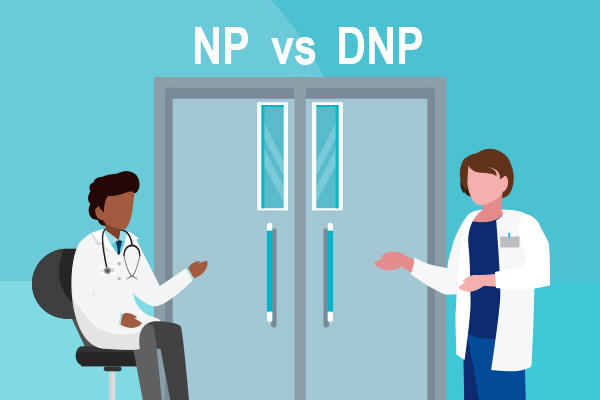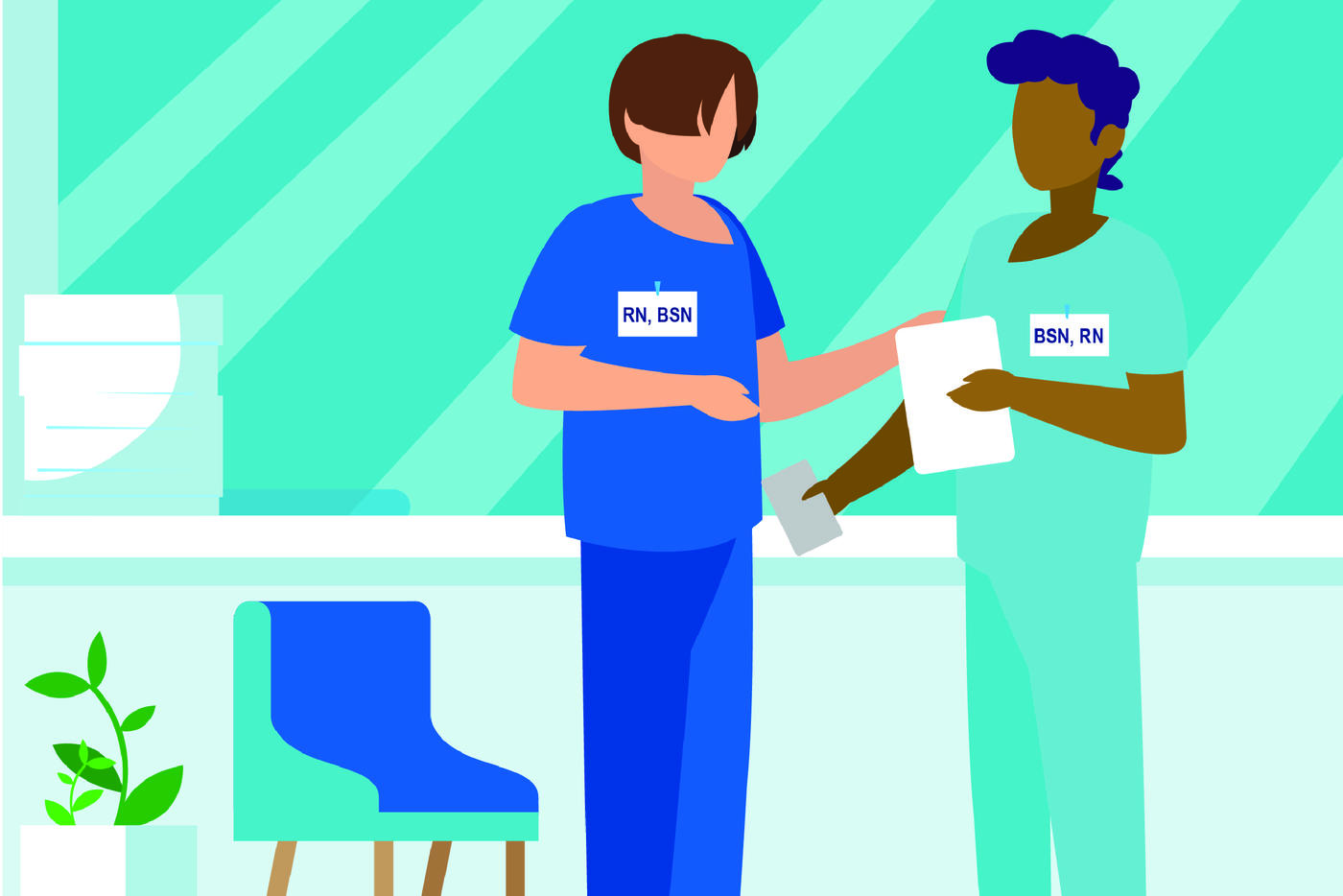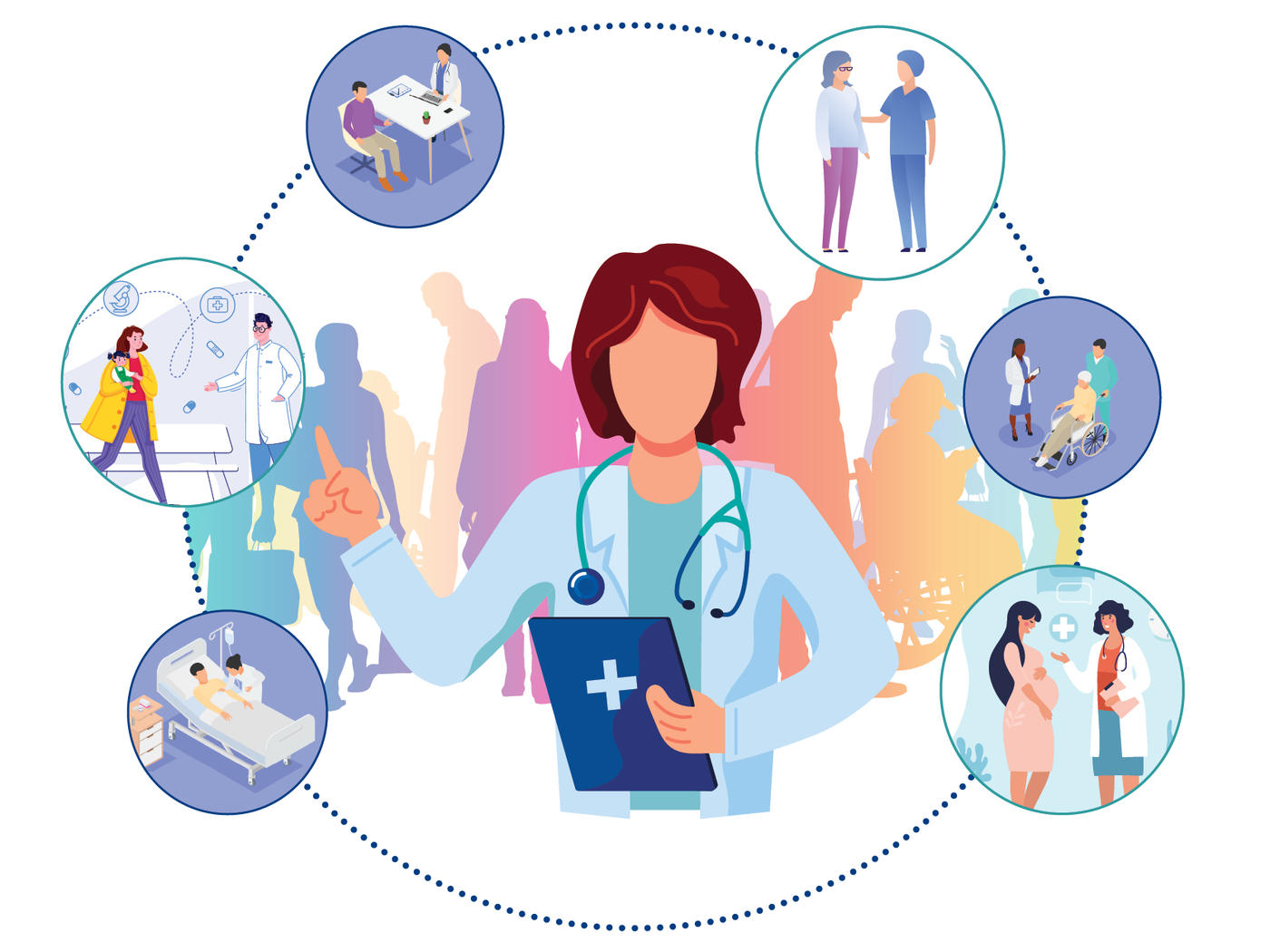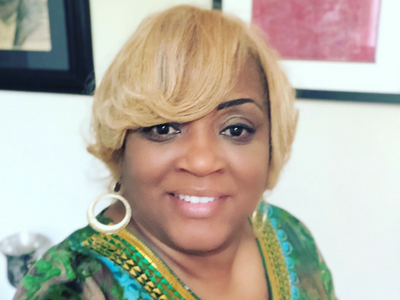Featured
Tags
Share
- Home / Blog / Nursing Today / Be Prepared: How to Plan for a National Disaster
Be Prepared: How to Plan for a National Disaster

September is National Disaster Preparedness Month. With the issue of COVID-19 continuing to be top-of-mind in the United States, Atlantic hurricane season hitting its’ seasonal high this week, and wildfires in California and other western states, it is a suitable time to turn our thoughts to how to plan should the worst happen.
Chamberlain has built a culture of service through care, Chamberlain Care®, based on the simple truth that every individual has the potential to succeed if given the right resources in a caring environment. This extends far beyond the classroom and means we, as an institution, want to ensure that you and your family are aware and prepared for anything that comes your way. Especially, in the event of a disaster or pandemic. This article will arm you with practical tips on how to keep yourself and, your family, safe.
It might seem like a big task to figure out what to do if an unseen disaster should strike. As COVID-19 has taught us this past year, being unaware and unprepared for an emergency within our communities is not ideal. The most effective way to mitigate the shock when a disaster or emergency arises, is to be prepared in advance for the basic types of emergencies that could occur in your specific community.
The Basics of Being Disaster Ready
Preparing yourself and your family for disaster readiness is not as unwieldy a task as it might seem, to become emergency prepared there are two areas you should focus on:
-
Creating and Communicating a Family Emergency Plan
-
Building Emergency Supply Kits for Your Family
If you break these areas down into actionable steps, you can create a comprehensive strategy that will give you and all your family members confidence that you know what to do when a major emergency happens.
Creating and Communicating a Family Emergency Plan
A good family emergency plan includes directions on what actions each member of your family should take in event of a disaster or emergency. This means preparing checklists for yourself, your partner, your children, and your pets that you can run through or drill with your family to ensure that everyone knows what to do and when to do it. Some components of an effective family emergency plan include:
-
Knowing how the adults in the family will receive emergency information and instructions
-
Building a phone tree or group text code for your family to inform them that a disaster or emergency has happened and that they need to act
-
Planning who will handle gathering individual and family emergency kits
-
Agreeing upon a spot to gather should an emergency occur if the family is not together at the same location, and understanding how each family member can get to that spot
-
Preparing emergency plans and kits for your pets and knowing who will handle each pet in an emergency
-
Communicating all the steps involved in your family plan to the members of your family in a way that is easy to understand and follow
-
Creating emergency checklists and laminating them to supply each member of your family with an individual plan to follow
FEMA (Federal Emergency Management Agency) has PDF templates of plans that you can build your own family emergency plan from.
Building Emergency Supply Kits for Your Family
There are many differing opinions on what should be included in a family emergency kit. It is up to the members of your family to decide what your priorities are.
One recommendation is to build “bug out bags” (backpacks holding essential supplies and documents) for everyone in your family and a larger family emergency box.
It is important that these kits be found somewhere central in your home, and that they are light and easy to transport. It should be the responsibility of a dedicated member of your family to gather these kits in the case of a disaster and bring them to the family meeting point. (Should your family be separated when the disaster hits.)
Here are some resources for recommendations from FEMA for what to include in your emergency supply kits.
Don’t Forget Your Pets!
Pets are a huge part of our families. They supply a sense of safety and normalcy that cannot be replaced in an emergency or disaster. Plus, pets are people, too! (Or, some believe.) It is essential that when making your family’s disaster preparedness plan that you include plans and supplies for your furry, feathered or finned friends.
The Red Cross and FEMA have excellent documents and plans that you can use to prepare your pets to evacuate with you. Or, that you can use in case you need to shelter your pet (or, if you get separated from your pet,) during a disaster.
What’s Next?
While there are many different approaches that you can take to prepare for an emergency or disaster, the most vital part of any plan is the health and safety of you, your loved ones and your pets. Only you will know what the best plan of action is for you and your family. By taking the time to prepare yourself for the unlikely event of a severe disaster, you are giving yourself and your family peace of mind that if that day should ever come, you will all be ready to act efficiently and with purpose.
Chamberlain Care® We believe if we take extraordinary care of our students, we will graduate extraordinary healthcare professionals who will have a significant and positive impact on healthcare around the world.
For more information about Chamberlain University degrees and programs, please visit chamberlain.edu
By Kate Rice
More from Nursing Today
Request More Information
To receive the Chamberlain University Program Guide, including associated career paths, please select a program of study.







